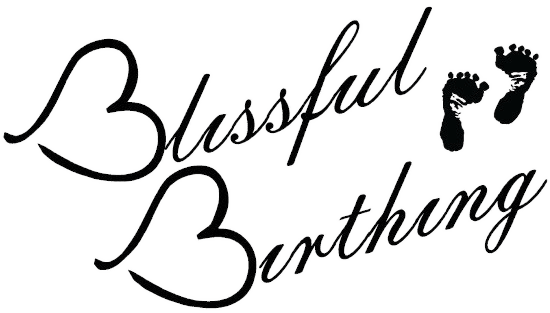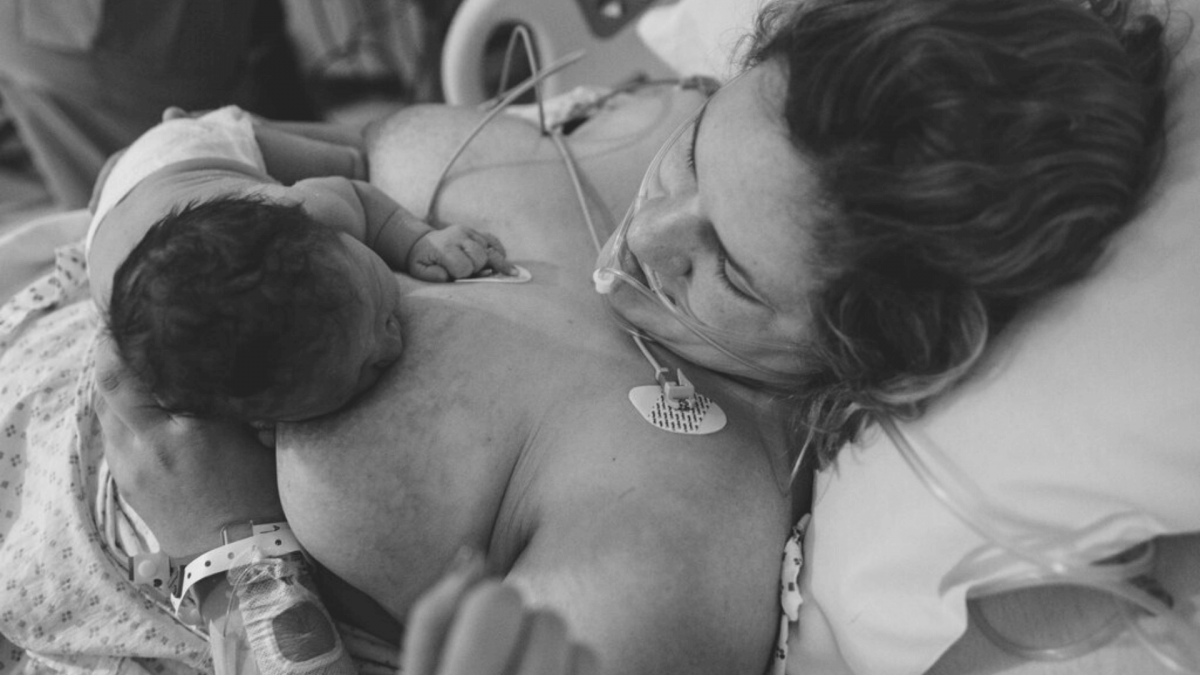Breastfeeding can be challenging. And breastfeeding after a c section can come with a unique set of struggles. I am here to sort out some myths about nursing after a c section, offer helpful tips, and review the best positions.
Can I breastfeed after my c section?
Absolutely! If you want to, of course. Anesthesia and pain medication given for a c section should not effect your milk production. Many medications are compatible with breastfeeding and I strongly suggest downloading the MommyMeds app now (as it can be used during pregnancy and while breastfeeding). It is also strongly advised that you stay on top of taking your pain medication as recovery is more difficult (and longer) when you are in pain. I have noticed a shift among our client’s providers towards a combination of acetaminophen + ibuprofen (taken together or on a staggered schedule) to manage pain. The major benefit to this combination compared with narcoitcs is that it does not have the propensity to make you or your baby drowsy. While newborn drowsiness is not harmful, it can make breastfeeding a challenge.
Is nursing after a c section difficult?
The most common reason for challenges nursing after a c section is the delay in latching. Not all hospitals or providers are comfortable with nursing in the operating room. If you know that you are going to have a c section I think it could help to have a sit down appointment with your provider and go over your desire to breastfeed. Explain that it is very important to you and that you would like to have baby latch while in the operating room. Breastfeeding is more likely to be successful if baby is able to latch within the first hour after birth (though it is not impossible to be successful if you have to wait longer). If breastfeeding has to be delayed, request a breast pump. Put yourself on a schedule to pump every 2-3 hours until you can begin latching your baby.
As far as the hormonal shift to produce milk, don’t worry! Once the placenta separates from the uterus, your body should begin producing milk. This will happen whether you give birth vaginally or via c section.
Best Positions for Breastfeeding After a C Section
Every mother-baby dyad will find different positions for breastfeeding more comfortable than others. This is true regardless of how you birthed your baby. So the best position for you may not be the best position for me. However, there are some things that will always help make nursing more comfortable:
- Support yourself! Whether it is your arms, back, or legs make sure you are not trying to hold any part of your body up.
- Make sure YOU are comfortably positioned before you start latching your baby.
- Baby should be positioned belly-to-body. This positioning makes swallowing easier for your baby which, in turn, will make nursing easier and more comfortable.
- Look for an asymmetric latch. That means that more of your areola under your nipple than above your nipple is in your baby’s mouth. Their lower jaw is what moves while they are feeding, so you want to make sure there is more breast tissue there.
- Bring your baby to your breast. Do not bring yourself to your baby. Why? When you bring yourself to your baby you will find that you are leaning forward, which can be uncomfortable, especially if you maintain that position for the duration of the nursing session.
Keep in mind that nursing while sitting in bed may or may not be comfortable initially. Listen to your body! If you have to get out of bed and into a chair to nurse initially that is completely normal.
Football Hold
 This position is well-known for putting less pressure/friction on your incision. I suggest using pillow(s) or a nursing pillow to help support your baby’s body. The following tweaks can help you perfect this position:
This position is well-known for putting less pressure/friction on your incision. I suggest using pillow(s) or a nursing pillow to help support your baby’s body. The following tweaks can help you perfect this position:
- When holding their head, keep your palm on their back, not their head. Cradle their head between your thumb and index finger.
- Make sure your baby’s belly is parallel to your body.
- Use your opposite hand to grasp your breast and assist with a good latch.
Sidelying
 This can be difficult for some moms and babies when their baby is young. Often a few simple adjustments can make all the difference in your success with this position.
This can be difficult for some moms and babies when their baby is young. Often a few simple adjustments can make all the difference in your success with this position.
- use pillows to support your head and knees. Put a pillow between your knees to reduce pressure and help keep your spine in alignment.
- align your baby’s nose with your nipple. When they open their mouth this will help them to obtain the desired asymmetric latch.
- your baby should be on their side with their belly parallel to yours.
- To support your baby’s head: keep your palm on their back. Hold their head between your thumb an index finger.
Cradle Hold
 This position involves you holding your baby in the crook of your arm, much like if you were holding your baby. The major difference is you do not want your baby’s belly facing the ceiling. Baby’s belly should be parallel to your body. A nursing pillow can help reduce the pressure on your incision site. You may find it helpful to cross one leg over the other to support your baby’s weight. A nursing stool can also be used.
This position involves you holding your baby in the crook of your arm, much like if you were holding your baby. The major difference is you do not want your baby’s belly facing the ceiling. Baby’s belly should be parallel to your body. A nursing pillow can help reduce the pressure on your incision site. You may find it helpful to cross one leg over the other to support your baby’s weight. A nursing stool can also be used.
If you are using the cross cradle position, make sure the palm of your hand is on your baby’s back. Their head should be supported with your thumb and index finger.
As always…
My team of lactation counselors and I are here to help you! You can reach out via our website or Facebook page. I also want to invite you to join our Facebook Group; we have an incredibly supportive community of parents! Support is crucial to breastfeeding success (whatever “success” means to you!) and we want to make sure that you have the tools to reach your personal goals.
Other Blogs You May Like
C Section Recovery Tips from your Doulas
What Breastfeeding Products Do I Need?
Is My Baby Getting Enough: Breastfeeding Tips for Planners
Image at the top of this blog is from Simone Gutkin of Archive Photo in Connecticut.

